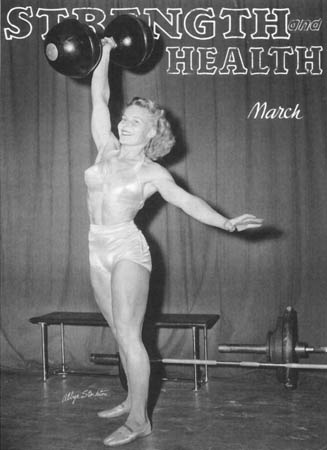I've also learned a lot from pulls&chins. What's interesting about the fact that I constantly have to come up with a way to do this family of exercises is it's taught me a lot about them. It's pretty simple concept to understand why I learned so much from improvising pull-ups. I do one variation from changing the way that I do them.
I notice Changing the level of difficulty on a pull-up is pretty simple to do: Change your grip. It's funny how such a simple change dramatically alters the level of difficulty of the exercise. I read somewhere that inclusion of the thumb (which I recommend if you're capable) activates around a half-dozen more muscles in the hands and forearms. Some people fret about including or excluding the thumb. A nice progression between the two that's served me well is using an inverted grip. I used this extensively when I hyperextended my right thumb. Twice. The only limitation that I found with this exercise is that you can't go much beyond shoulder-width apart with your hand placement. If you're looking to keep emphasis on the biceps, this shouldn't be a problem.
Then, what you grip make all of the difference in the world too. I've used towels (of course), thickened bars, lifting straps, fire hoses, balls, rings, suspension gear, and ropes to make a pull or a chin harder.
 The one I use most frequently are ropes. Most people, when they want to use rope, try to find a thick piece of manila for the job. Pretty traditional. I do have a 1 1/4" by 23' rope that I made and use for climbing and some pull&chin work. Still, I don't use it nearly as often as I use 5/8" rope (or less). No, I don't grip a single strand of 5/8" rope. I bundle it together and grab onto each side of the bundle. I've always wondered why I've never seen anyone try this before. Someone must have.
The one I use most frequently are ropes. Most people, when they want to use rope, try to find a thick piece of manila for the job. Pretty traditional. I do have a 1 1/4" by 23' rope that I made and use for climbing and some pull&chin work. Still, I don't use it nearly as often as I use 5/8" rope (or less). No, I don't grip a single strand of 5/8" rope. I bundle it together and grab onto each side of the bundle. I've always wondered why I've never seen anyone try this before. Someone must have. I do have a guess: it's harder. Each piece in the bundle will try to move independantly as you lift yourself up and down. So, you have to squeeze harder to hold on. How much harder depends on how big the bundle (bigger=harder), the material (synthetic fibers=harder), and the construction of the rope (braided=harder). I also bundled my climbing rope and held 4 strands of it in each hand. That's even harder. For that variation, I put more emphasis on bringing my chest to my fists rather than lowering my body until my elbows are almost straight.
Which brings me to a frequent crticism of my towel pull-up video. I get all kinds of questions/complaints/criticisms for my lack of fully extending my elbows. I admit that I wasn't going down low enough. I usually go lower but I don't fully extend my elbows. I like to go until my elbow are slightly bent, or about the angle that I'd normally walk around with them at my sides. Although I've never hurt my elbows doing pulls, most of the people that I've heard of hurting their elbows usually do it at the very bottom. As far as I'm concerned, that's as low as anyone needs to go.
When you train with pull-ups and chin-ups, it's important to remember that it's not just two simple exercises. It's actually a whole family of them. I rarely do them in their traditional manner and I don't think that you should either. There are so many variations that can change the exercise to a surprising degree. Don't limit yourself.
Have a Happy New year! Best wishes in all of your endevors!





































